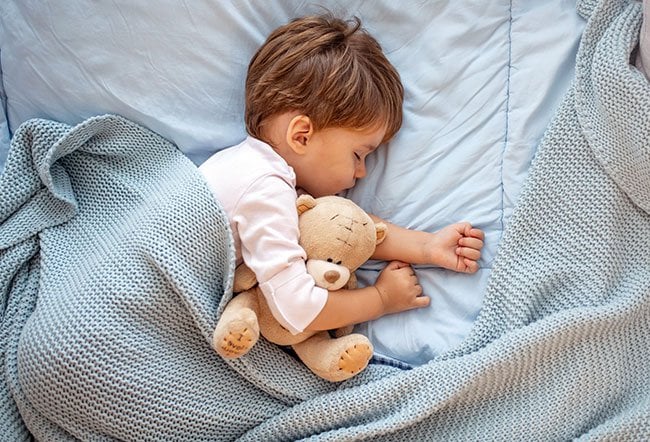Sleep is an essential element in your child’s development. Insufficient sleep can affect your kid’s performance in school and make it hard for your child to play or engage in activities. Pediatric sleep disorders affect sleep in infants, children, and teenagers. They can lead to poor performance in school, inattentiveness, concentration challenges at home, or difficulty remembering things.
If you note regular drowsiness in your kid, consult your doctor. When diagnosed early, your Sonoran Sleep Center pediatrician can treat the disorders to reduce the risk of further complications and improve your kid’s life. There are various types of pediatric sleep disorders and below are some.
Childhood insomnia
Childhood insomnia is when your child has challenges falling and staying asleep at least three days a week. The main symptoms of this insomnia are your kid refusing to go to bed or challenges falling asleep without your help or object. For example, your kid will not sleep with a favorite toy or blanket.
Delayed sleep phase syndrome
Delayed sleep phase syndrome is an exaggerated kind of the usual shift in circadian rhythm or biological block. It can occur in late childhood or early adolescence. Children with this disorder cannot fall or stay asleep until two or more hours past bedtime. Insufficient sleep makes it difficult for your child to wake up in the morning in time for school or other assignments.
Kids with delayed sleep phase syndrome may sleep much later than usual on the weekends.
Hypersomnia
Hypersomnia causes excessive daytime sleepiness in your child. It can be caused by narcolepsy. Narcolepsy is a neurological problem that causes frequent dozing during the daytime, temporary muscle control loss, and hallucinations when your child falls asleep or wakes up.
Sleep phase syndrome and obstructive sleep apnea can also cause hypersomnia. Excessive daytime sleepiness can also indicate a concussion, epilepsy, or other medical problems.
Parasomnias
Parasomnias are undesirable physical actions common in younger kids while they are falling asleep during deep and rapid eye movement. Sleepwalking and sleep terrors, where your child suddenly becomes frightened in the middle of the night, are common parasomnias. Some kids with parasomnias can also experience the inability to move the body, head, or limbs in between sleep and wakefulness.
Movement disorders
Restless legs syndrome and periodic limb movements are common movement disorders in children. They are neurological problems that cause unpleasant sensations in your kid’s legs and an overwhelming urge to move them. Movement disorder symptoms worsen at night and can interfere with your child’s sleep. In most cases, the two movement disorders happen together.
Obstructive sleep apnea
Obstructive sleep apnea alters your child’s breathing during sleep. Your kid will snore or gasp for air and wake frequently at night. Obstructive sleep apnea mostly happens if your kid has enlarged tonsils or structural defects in the face or head, like cleft lip and palate. The condition can also develop in children with neuromuscular problems like muscular dystrophy, which weakens the muscles involved in breathing.
Pediatric sleep disorders alter sleep in infants, children, and teenagers.
Common pediatric sleep disorders include child insomnia, obstructive sleep apnea, parasomnias, hypersomnia, delayed sleep phase syndrome, and movement disorders. Schedule an appointment at Sonoran Sleep Center for pediatric sleep disorders treatment to improve your child’s quality of life.



